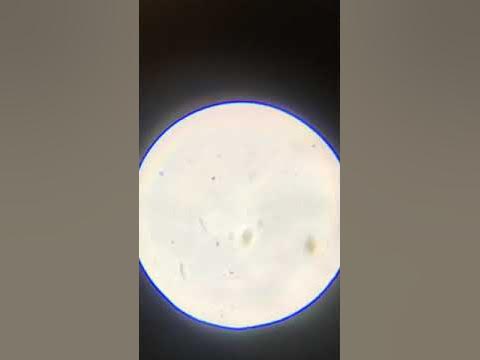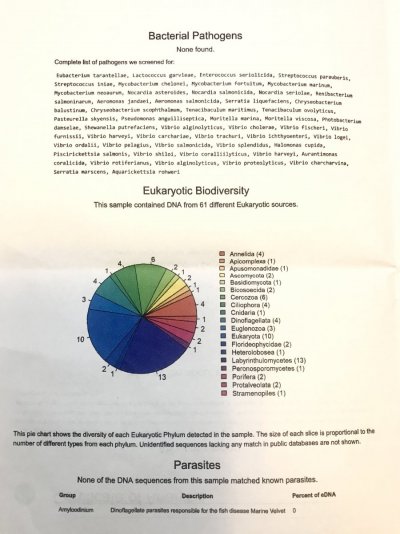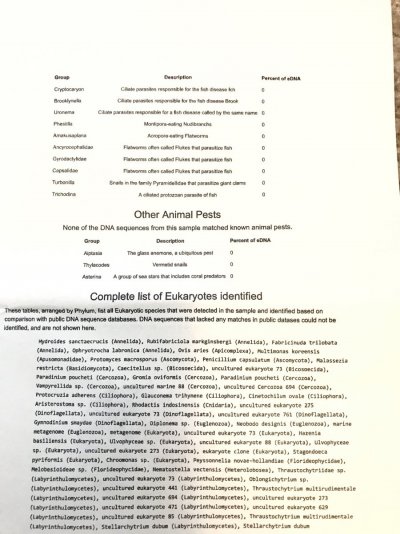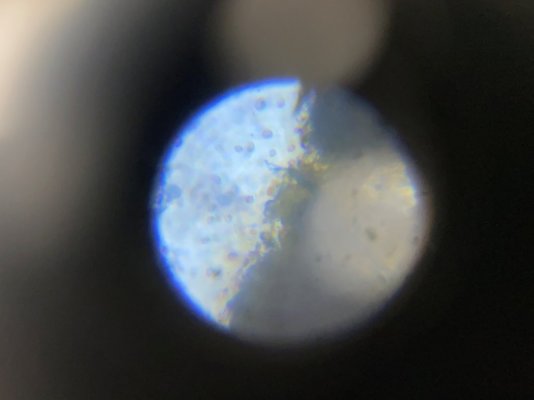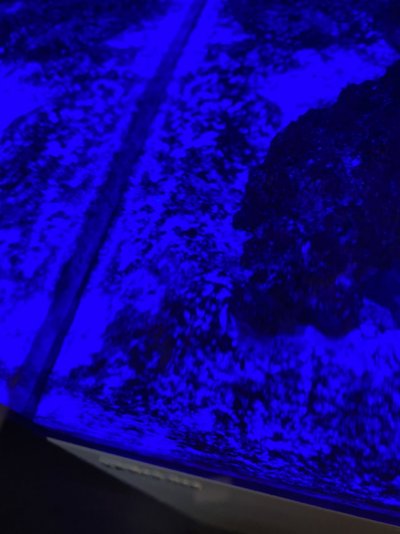Doesn't sound like you have much to lose if the tank is devoid. Do you have nutrients?Haven't dosed Dino X in almost a week now. Still have small traces in the remaining sand, and dusting on rocks. I was also able to identify some cells in a sample from dead algae still on the glass. Very disheartening, but at least their numbers have been reduced. Not really sure what I will be doing next. Getting out of the hobby is tempting after 9 months of an ugly devoid tank, but idk if I'll actually do that.
I would go with some live rock, some phyto, some silicates and a ton of fish poo. At least then, you would have a different set of competitors. I don't see dinos being real competitive in that scenario. Why not?





